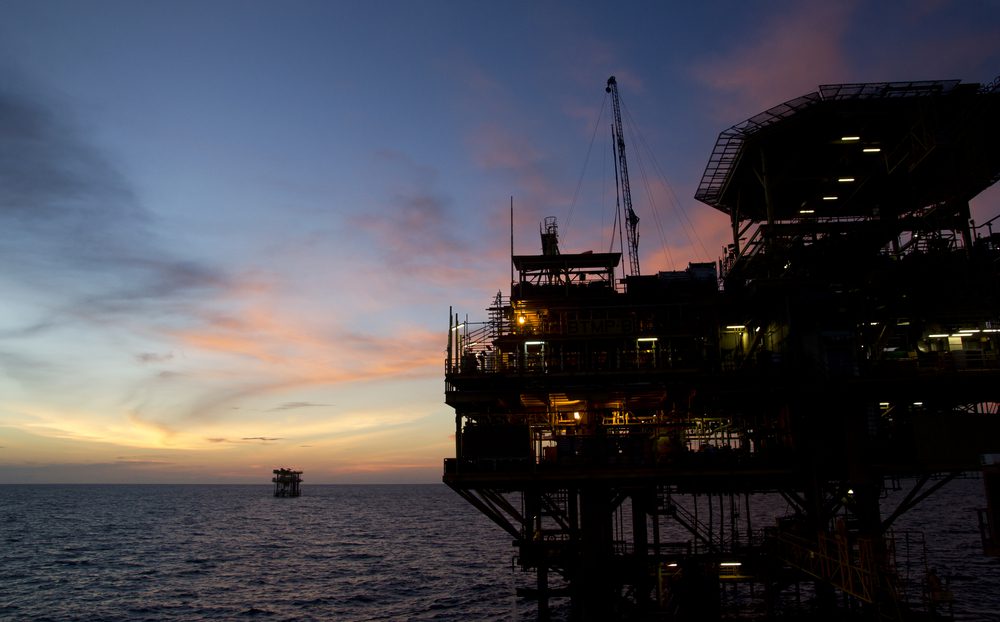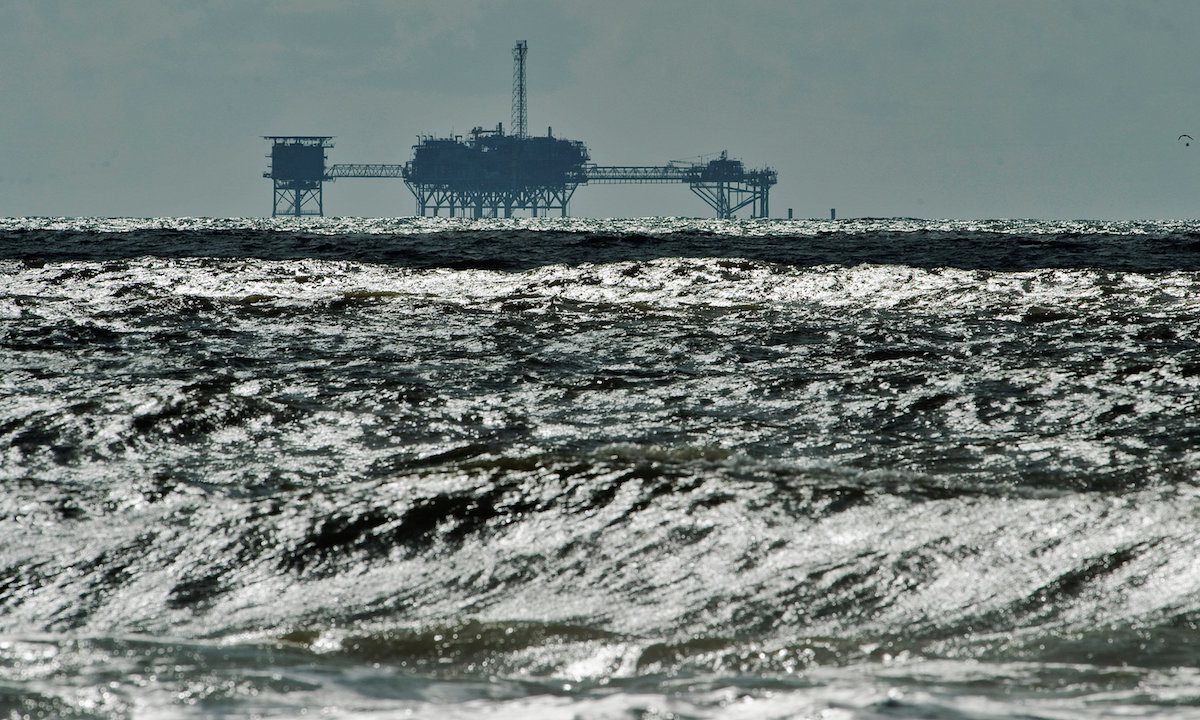By Dan Murtaugh (Bloomberg) —
Offshore wind power installations will increase nearly nine-fold this decade as the world pours $1 trillion into the clean energy technology to help meet climate goals, according to consultancy Wood Mackenzie Ltd.
Twenty-four countries will have turbines at sea by 2030, accounting for 330 gigawatts of generating capacity, analysts including Soren Lassen said in a report Wednesday. That compares to 34 gigawatts in nine countries at the end of 2020. Cumulative spending to build and install the massive fleet will hit $1 trillion in 2031.
As offshore wind becomes a more common part of the power system, utilities and governments are looking beyond just the lowest cost when deciding who to buy turbines from, Lassen said. They’re including localization requirements to boost jobs, placing enhanced emphasis on ecological mitigation and sustainably sourced equipment, and asking developers to make sure the intermittent generation can integrate into a system that requires power generation around the clock.
Increased competition and fading subsidies are also eating into profit margins for developers, the analysts said.
“The challenge is that few opportunities in the offshore wind space will go uncontested,” Lassen said. “As more companies bid, lease payments skyrocket and subsidies drop, project returns are falling.”
© 2022 Bloomberg L.P.

 Join The Club
Join The Club










